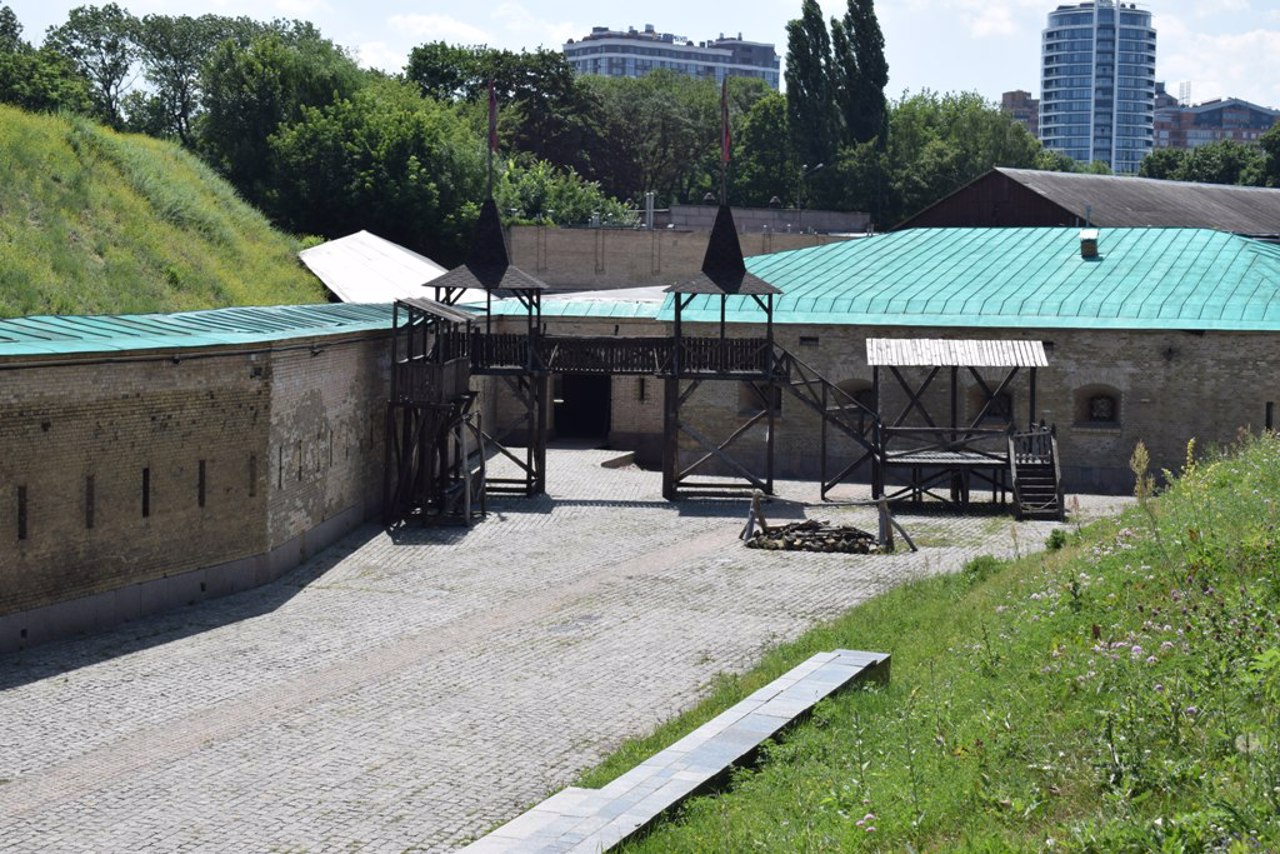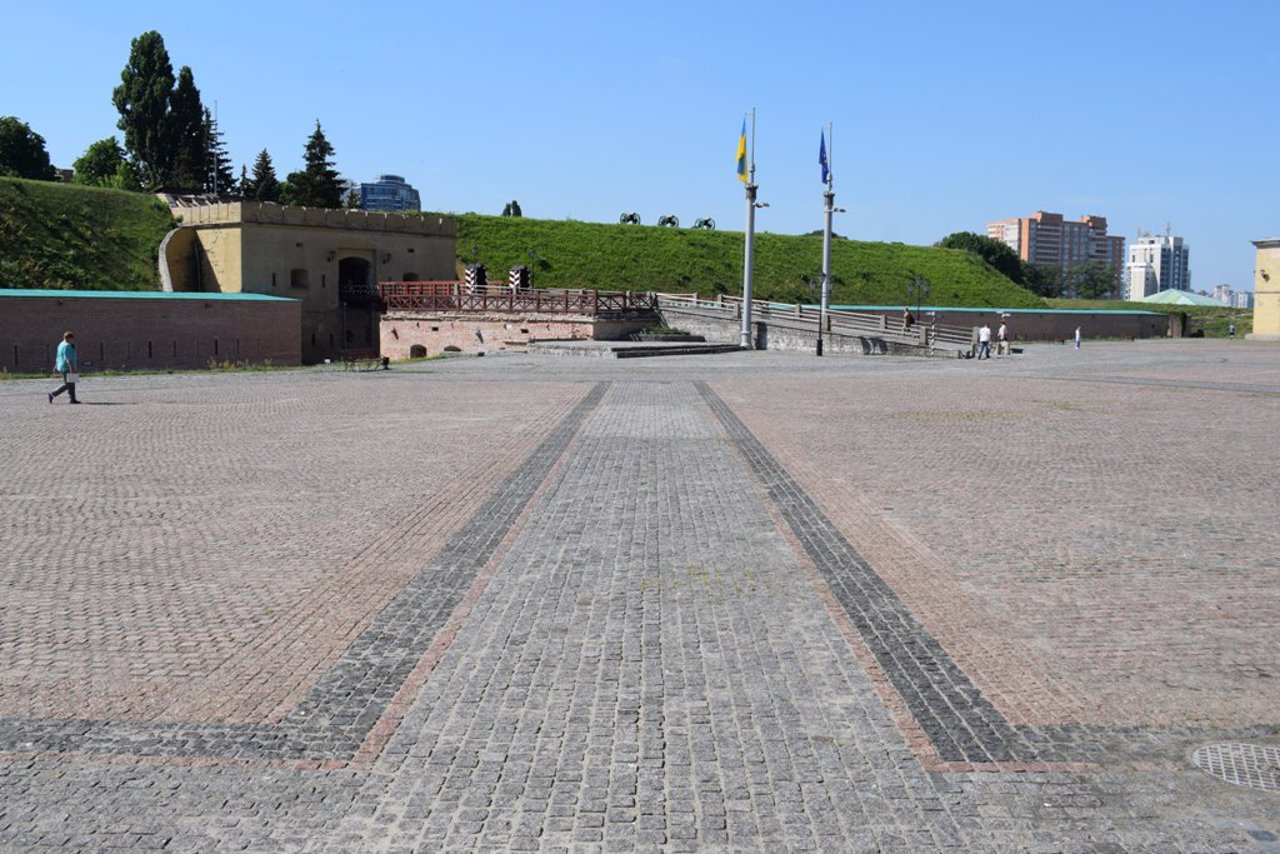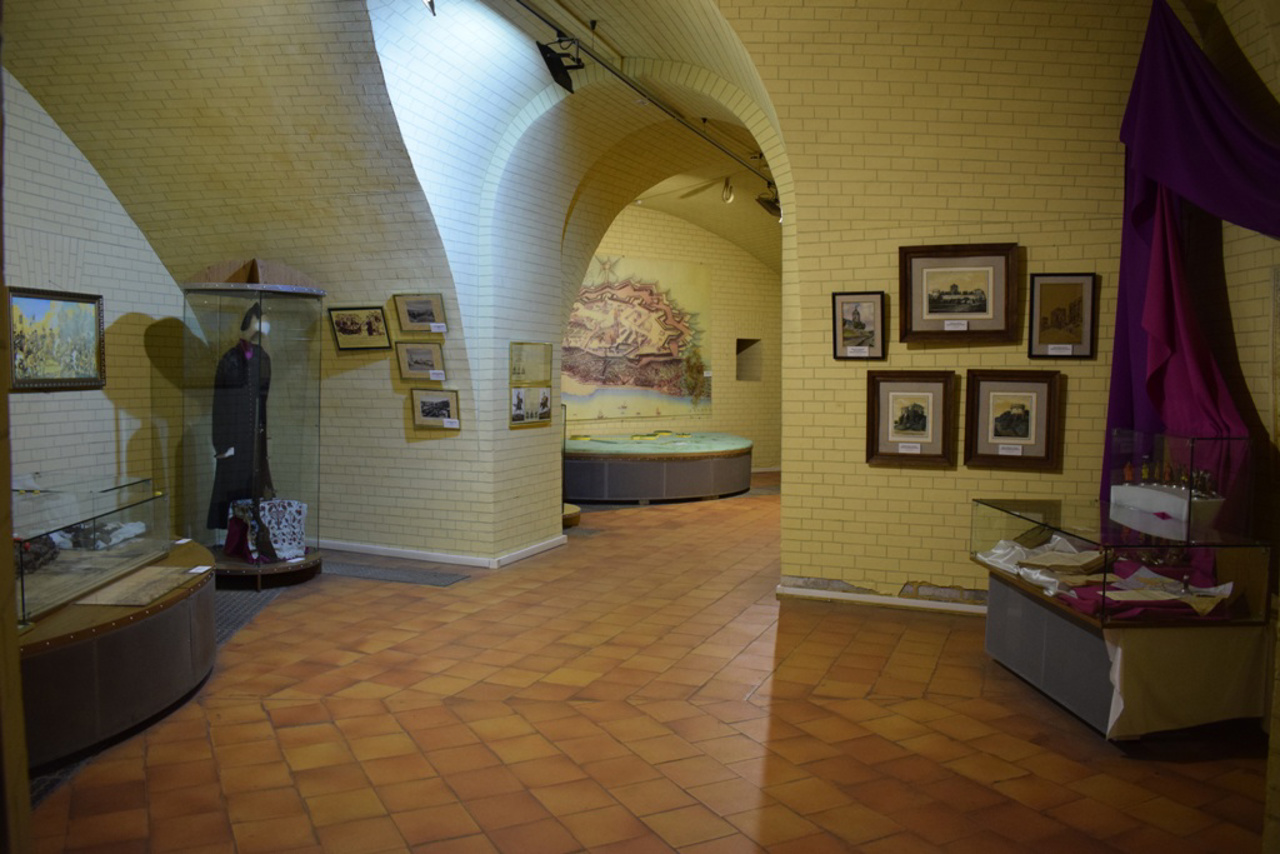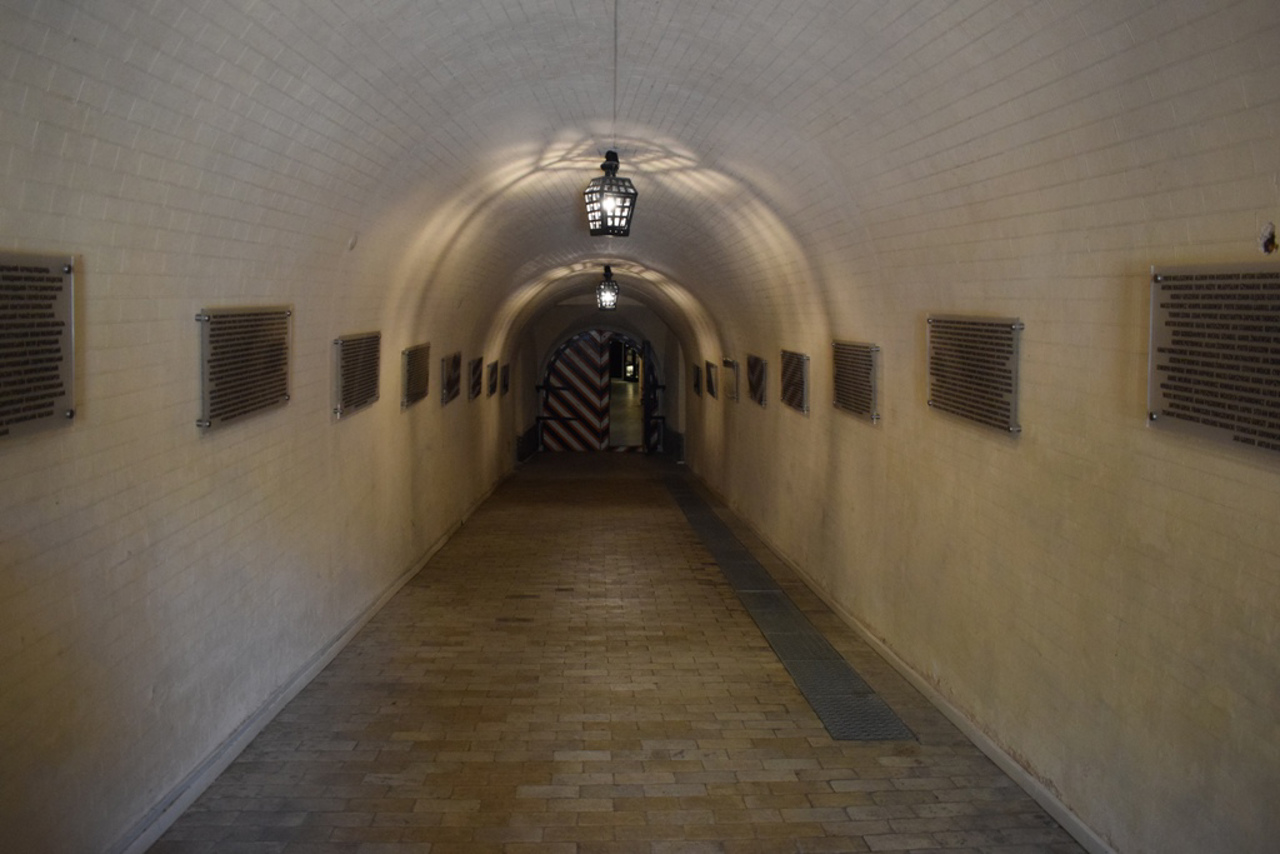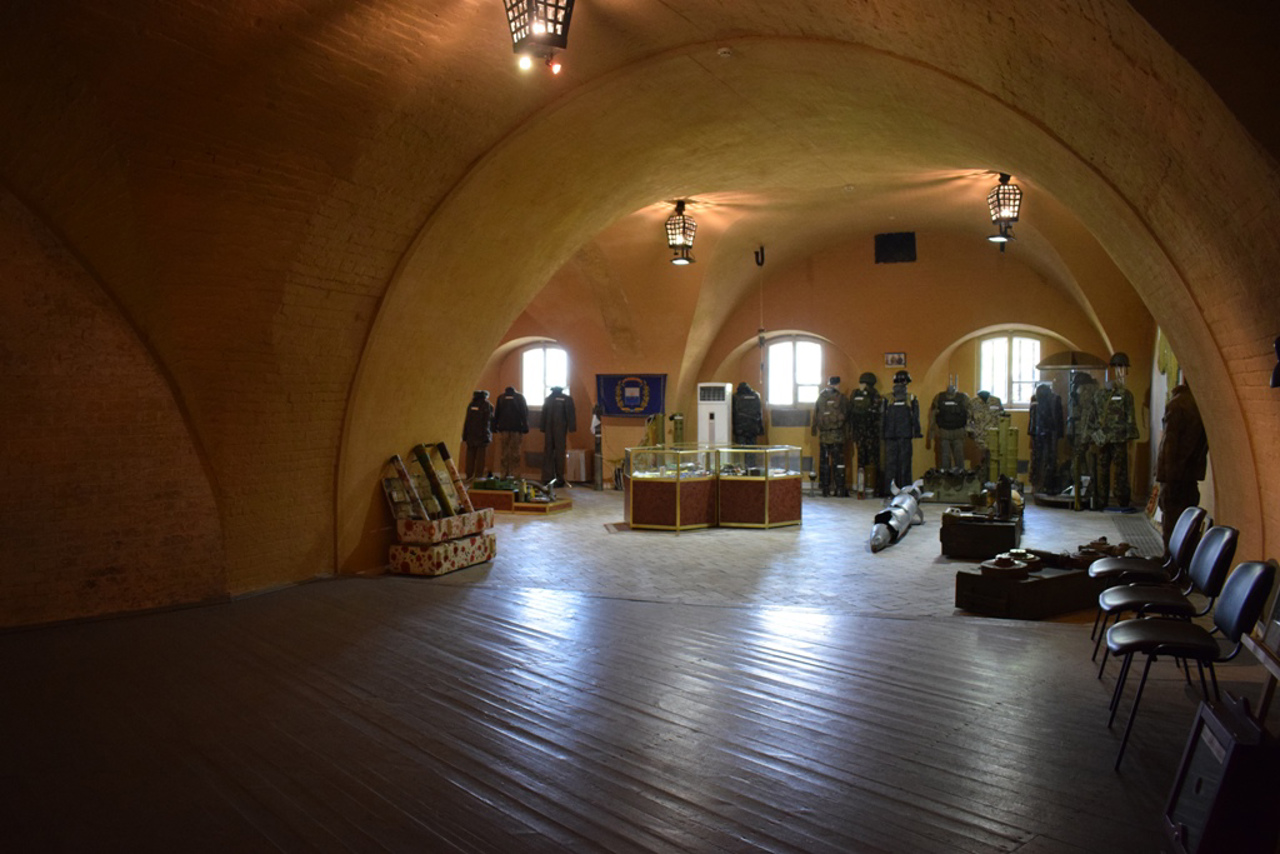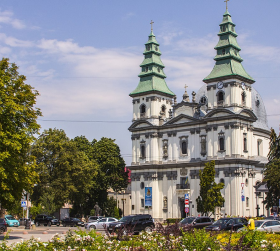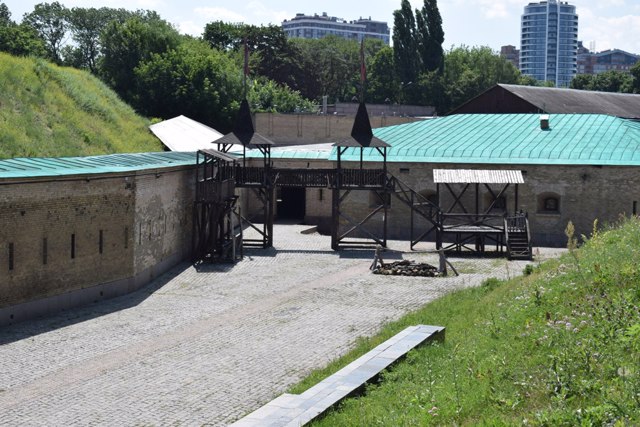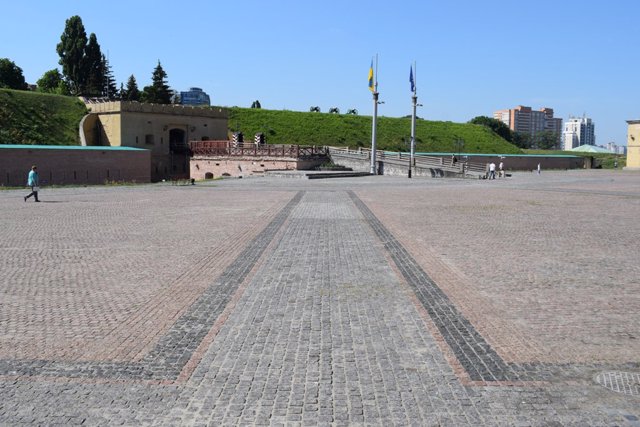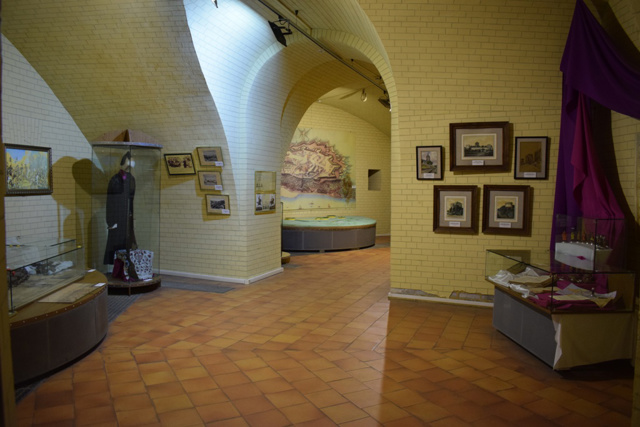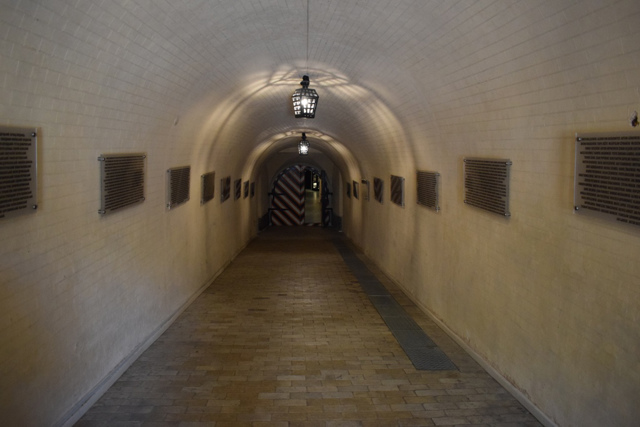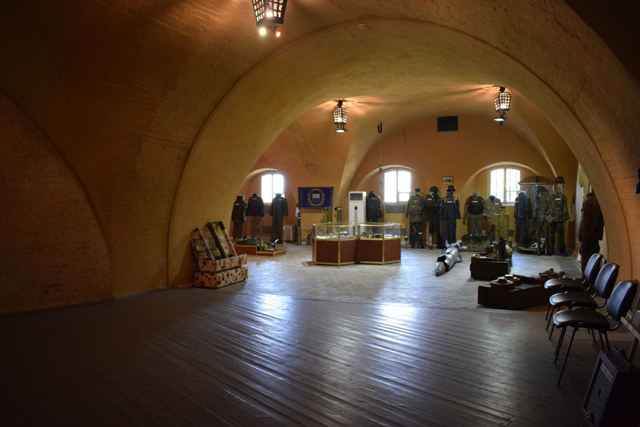Functional temporarily unavailable
Kiev fortress, Kyiv
Castle / fortress
Architecture
Museum / gallery
General information about Kiev fortress (Kyiv)
The National Historical and Architectural Museum "Kyiv Fortress" was established in 1927 on the basis of part of the fortifications of one of the world's largest surviving stone and earth fortresses. The history of the Kiev fortress in Pechersk begins in the second half of the XVII century, when the Cossacks under the leadership of Hetman Ivan Samoilovych built an earthen quadrangular fortress with a fence around the Kiev-Pechersk Lavra. Larger fortifications were carried out during the reign of Peter I, when the laurel was surrounded by a stone wall with loopholes and four towers at the expense of Hetman Ivan Mazepa, and later a more perfect fortress with nine earthen bastions was added to it. In 1831-1856, the New Pechersk Fortress was built, consisting of the Kyiv-Peche ...
The National Historical and Architectural Museum "Kyiv Fortress" was established in 1927 on the basis of part of the fortifications of one of the world's largest surviving stone and earth fortresses. The history of the Kiev fortress in Pechersk begins in the second half of the XVII century, when the Cossacks under the leadership of Hetman Ivan Samoilovych built an earthen quadrangular fortress with a fence around the Kiev-Pechersk Lavra. Larger fortifications were carried out during the reign of Peter I, when the laurel was surrounded by a stone wall with loopholes and four towers at the expense of Hetman Ivan Mazepa, and later a more perfect fortress with nine earthen bastions was added to it. In 1831-1856, the New Pechersk Fortress was built, consisting of the Kyiv-Pechersk Citadel, Vasylkiv and Hospital fortifications, separately located defensive towers, barracks, arsenal workshops and other buildings.
One of the key nodes of defense was the Hospital Fortification, which is perfectly preserved to this day - on its territory is the Main Military Clinical Hospital. The oblique caponier, located outside the main shaft of the Hospital Fortification, houses the Kyiv Fortress Museum with expositions "History of Fortification in Ukraine" and "History of the Use of Kyiv Fortress Buildings", an exhibition "From Nuclear to Shell", as well as an open-air exposition from defensive ramparts, fortress wall caponiers and ancient guns. Parts of the museum complex are the Spassky bastion of the Kyiv-Pechersk citadel and the largest in Europe Lysogirsky fort with an area of almost 120 hectares in Holosiivskyi district of Kyiv.
Національний історико-архітектурний музей "Київська фортеця" створений у 1927 році на основі частини фортифікаційних споруд однієї з найбільших у світі кам'яно-земляних фортець, що збереглися. Історія Київської фортеці на Печерську починається з другої половини XVII століття, коли козаки під проводом гетьмана Івана Самойловича звели навколо Києво-Печерської лаври земляну чотирикутну фортецю з частоколом. Більш масштабні фортифікаційні роботи були проведені під час царювання Петра I, коли коштом гетьмана Івана Мазепи лавра була обнесена кам'яною стіною з бійницями і чотирма баштами, а згодом до неї прибудована більш досконала фортеця з дев’ятьма земляними бастіонами. У 1831-1856 роках була зведена Нова Печерська фортеця, що складалася з Києво-Печерської цитаделі, ...
Національний історико-архітектурний музей "Київська фортеця" створений у 1927 році на основі частини фортифікаційних споруд однієї з найбільших у світі кам'яно-земляних фортець, що збереглися. Історія Київської фортеці на Печерську починається з другої половини XVII століття, коли козаки під проводом гетьмана Івана Самойловича звели навколо Києво-Печерської лаври земляну чотирикутну фортецю з частоколом. Більш масштабні фортифікаційні роботи були проведені під час царювання Петра I, коли коштом гетьмана Івана Мазепи лавра була обнесена кам'яною стіною з бійницями і чотирма баштами, а згодом до неї прибудована більш досконала фортеця з дев’ятьма земляними бастіонами. У 1831-1856 роках була зведена Нова Печерська фортеця, що складалася з Києво-Печерської цитаделі, Васильківського і Госпітального укріплень, окремо розміщених оборонних башт, казарм, арсенальних майстерень та інших споруд.
Одним із ключових вузлів оборони стало Госпітальне укріплення, яке чудово збереглося до наших днів – на його території розташовується Головний військовий клінічний госпіталь. У Косому капонірі, влаштованому за межами головного валу Госпітального укріплення, розміщується музей "Київська фортеця" з експозиціями "Історія фортифікації на теренах України" та "Історії використання споруд Київської фортеці", виставкою "Від ядра до снаряда", а також експозицію просто неба з оборонними валами, фортечною стіною капонірами та старовинними гарматами. Частинами музейного комплексу є Спаський бастіон Києво-Печерської цитаделі та найбільший в Європі Лисогірський форт площею майже 120 га в Голосіївському районі Києва.
Practical information about Kiev fortress (Kyiv)
Last update
11/28/2021
| Categories | Castle / fortress, Architecture, Museum / gallery |
|---|---|
| Date of foundation | 1831-54 |
| Address |
Hospital Street, 24A
Kyiv |
| Coordinates |
50.4336322° N, 30.5282539° E
|
| Phone | +380 44 235 0192, +380 44 288 2961, |
| fortresskiev@ukr.net | |
| Official site |
http://www.kyiv-fortress.org.u... |
|
https://www.facebook.com/KyivF... |
|
| Additional services |
Аccessibility information
According to the institution
Have you visited Kiev fortress in Kyiv?
Add practical or descriptive information, photos, links
What to see, where to go next?

